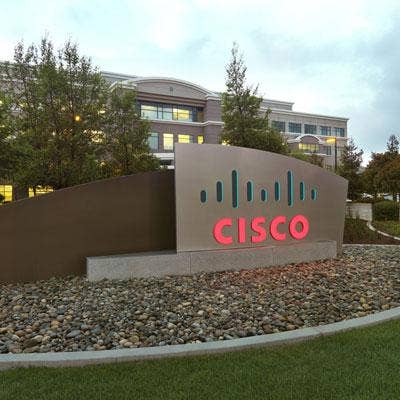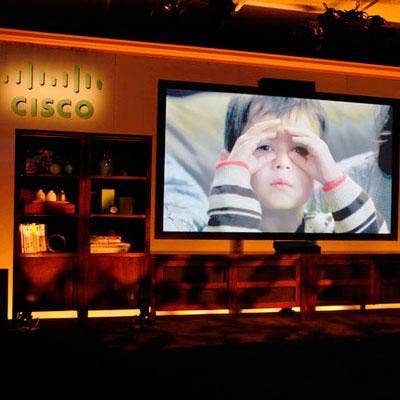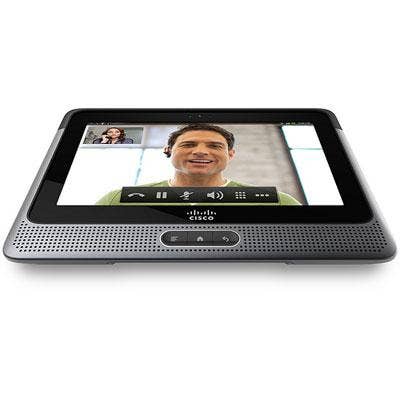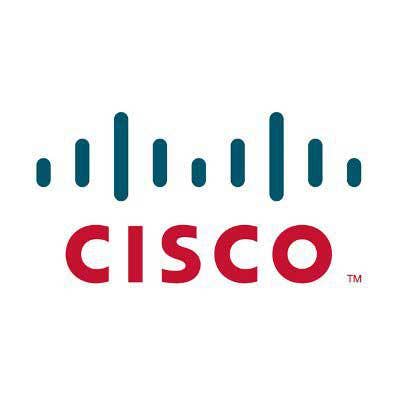Five Recent Cisco Products That Flopped

Cisco's Hall of Shame
Cisco isn't known for major product bellyflops, at least compared to some of the industry's biggest names. Many of its experiments -- including such a bold-faced product named as the Unified Computing System (UCS) -- go on to be billion-dollar businesses.
But in the past two years, it has notched some pretty high-profile failures, up through this month's Cius announcement. Here are five Cisco products that met -- or, to be fair, are in the process of meeting -- an unceremonious end.

Cisco Mail
Cisco Mail was a hosted email product released by Cisco during a collaboration/UC blitz in the fall of 2009 and intended as Cisco's first branded competitor to the likes of Google Gmail and IBM Lotus Notes. The basic package cost $5 per user per month and included Microsoft Outlook integration and 5 GB of storage.
But it was not to be: Cisco in February 2011 confirmed the axe for Cisco Mail, with Cisco Collaboration Software Group SVP Debra Chrapaty -- who exited Cisco not two months later -- saying that customers "have come to view their email as a mature and commoditized tool versus a long-term differentiated element of their collaboration strategy." Cisco's investment in Cisco Mail was said to have been about $250 million.

Cisco Flip
The popular Flip video camera wasn't Cisco's to make -- it acquired Flip maker Pure Digital in March 2009, one of its best-known consumer-focused acquisitions. But it was Cisco's to kill, and kill Flip, Cisco did, in April 2011 during the start of its year-long corporate restructuring.
By itself, Flip will be remembered as a once-proud product done in by the consolidation of video, photography and other functions onto smartphones and other all-in-one mobile devices. For Cisco, it'll be remembered as a symbol of distraction: a shiny consumer object that enticed Cisco just as it should have been focused on competitors who wanted to attack its long-dominant enterprise and service provider networking shares.

Cisco Network Building Mediator
Cisco's energy and smart grid portfolio is a less discussed corner of the Cisco product universe in general, so there wasn't a whole lot of noise made in August 2011, when Cisco, during its fiscal fourth-quarter earnings call, essentially said it would de-emphasize its investment in a major energy management product line.
That product, the Network Building Mediator, addresses utility usage in buildings, and the line from Cisco at that time was that it would be "exploring options" for the Mediator and its companion Mediator Manager. About 10 months later, there's still no clear future for those Cisco products -- usually a sign that "exploring options" means "gradual phase out" -- and the only big difference is that Cisco's former energy market chief, Laura Ipsen (left), former SVP and GM of Cisco Connected Energy, is now at Microsoft, having left Cisco in February 2012.

Cisco Umi Telepresence
Cisco's Umi personal telepresence didn't wow channel partners when it was first announced in late 2010, but it was intended as a high-end videoconferencing platform for consumers, not really for business use. Well, maybe the channel does know best: Cisco in December 2011 quietly ceased selling new Umi hardware, though with the usual promise that it would support existing customers for the foreseeable future. The writing was on the wall for Umi as far back as April 2011, when Cisco, in addition to whacking the Flip, said it would blend Umi into its overall business telepresence portfolio.

Cisco Cius
The Cius news had all the hallmarks of a classic "shhh, nothing to see here" Cisco announcement: a major piece of news buried in a floridly written blog post that emphasized the positives, released not to the media but on an esoteric Cisco corporate blog and appearing right before a major holiday weekend.
Alas, Cisco's grand vision for an enterprise-grade Android tablet that could serve as the ultimate in Cisco unified communications endpoints won't be seen through. Much like other would-be iPad killers, Cisco is throwing in the tablet towel and focusing on the UC and collaboration products where it does have traction, such as its Jabber software and Quad UC platform.

Cisco Coverage From CRN
More Cisco News:
See Ya Later, Cius: Cisco Changes Tablet Strategy
SOS Sharpens UC Practice Behind A Refocused Cisco
Cisco Stays Solid In Q3 But Weak Q4 Projections Spook